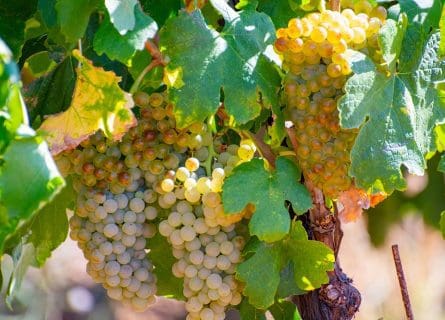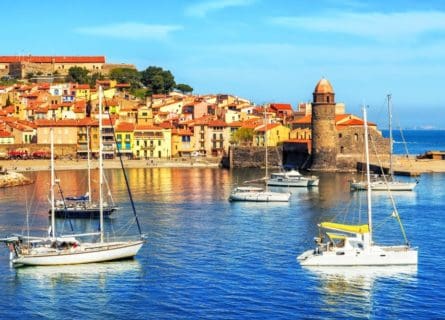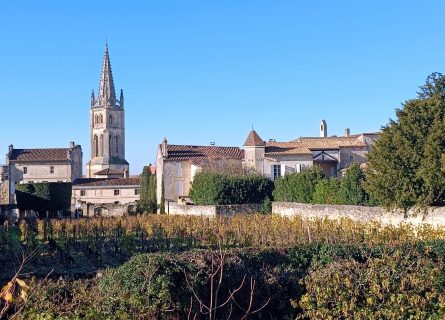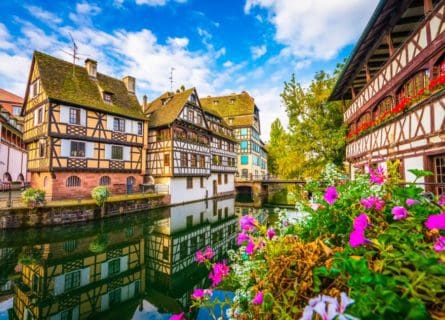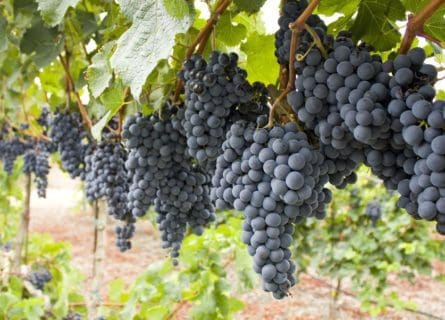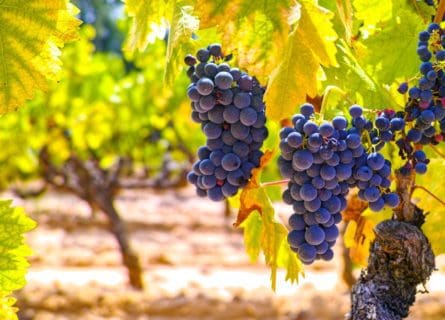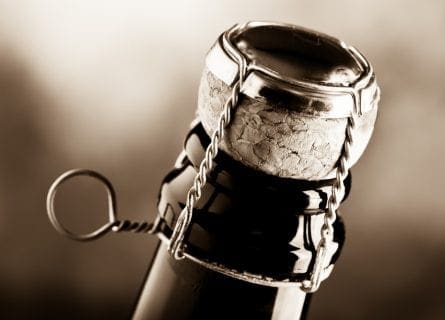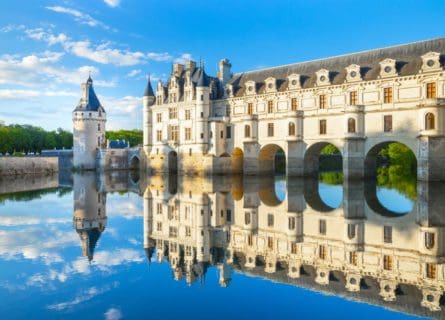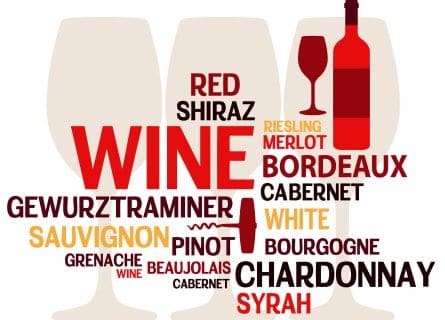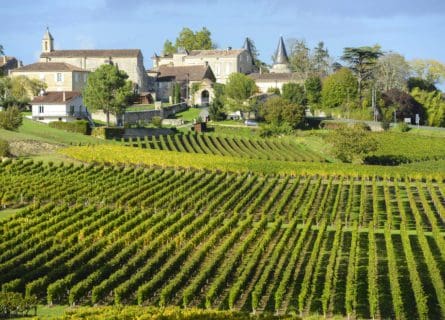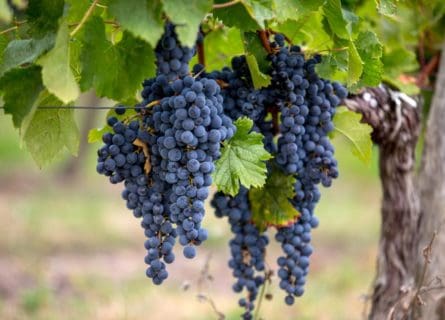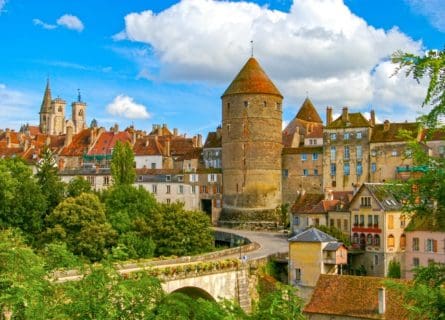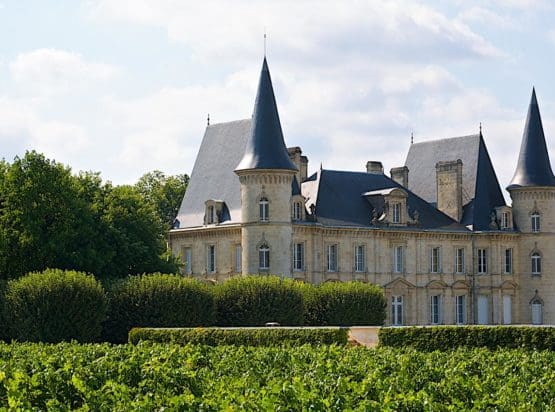
Château Lafite Rothschild Winery Guide
EXPLORE ALL OUR RECOMMENDED FRENCH WINERIES
Last updated: August 13, 2024
Winery Overview
What does Chateau Lafite mean to the world? For many, the name inspires instant recognition, even if the individual is aloof to the charms of red Bordeaux; for wealthy collectors and oenophiles, Lafite is the definitive symbol of luxury and grandeur. Yet the chateau takes its name from something so pedestrian and commonplace in the Medoc that most people are shocked to learn of Lafite’s etymological origins. The Medocain word ‘fite’ simply means a mound, referring to the Left Bank plateaux. The mansion itself is surprisingly modest, although the Second Empire furnishings of the interior are undeniably opulent. But ultimately, the land surrounding the estate is of real interest, rather than the silk wallcoverings of the chateau. The best terroir boasts deep gravel soil, lying on a bed of marl and deep limestone, which many critics believe explains the Grand Vin’s unrivaled finesse. The winemaking at Lafite is perfect in every way, but the real magic is found in the soil.
This is the exquisite paradox of Chateau Lafite. It is considered to be the seminal Pauillac region chateau and a powerful symbol of all that is elitist, luxurious, and rarified. But this estate’s core is a love of farming, terroir, and preserving the wider environment. Jean-Guillaume Prats, President and CEO of Chateau Lafite, is committed to ecologically sound viticultural practices; in 2018, the directors started to farm some of their vineyards according to biodynamic and sustainable principles as an experiment to see if this would yield benefits. Lafite may seek formal certification in the coming years.
Of course, it will be no surprise to learn that Lafite dates back to medieval times despite these concessions to modernity. Historians believe that vines were planted as a commercial proposition in the 17th century; in 1691, Lafite fell into Alexandre Segur’s hands, who subsequently married Marie-Therese de Clauzel, the heiress to Chateau Latour. Thus, the two most bankable wine labels in the world were owned by the same family for a time.
However, the two future First Growths were separated when Alexandre’s son, Nicolas-Alexandre, died in 1755, although Lafite remained in the Segur family. Unfortunately, the family was forced to sell Lafite in 1784, following some poor financial decisions by Nicolas-Marie-Alexandre. Lafite was passed from owner to owner after that, including a Dutch consortium, the Scott bank, and the Lemaire family. When Aime Lemaire died in 1866, Lafite was again offered to the market. The buyer was a famous Rothschild banking family member – Baron James de Rothschild. He paid the then exorbitant sum of 5 Million Francs, although James de Rothschild died soon after making the purchase. It has remained in the hands of the Rothschild family ever since. Winemaking continued to run (relatively) smoothly even throughout Europe’s numerous wars of the 19th and 20th centuries, the key exception being the Second World War. In 1942, the German puppet government, the Vichy Administration, seized control of Lafite. Yet they did at least focus on producing wine and did not ransack and pillage the chateau. History records that Hermann Goering had his eye on Lafite, but thankfully, the greedy Field Marshall never managed to acquire the estate.
In 1855, Lafite appeared at the head of the First Growths when the Bordeaux classification was devised. More than a century and a half later, it maintains this mysticism and allure, unique across Bordeaux. The chateau has benefited enormously from the expertise of both the Rothschild family and its notable alumni of winemakers and managers, including the esteemed Charles Chevalier and, more recently, Jean-Guillaume Prats, who hails from the luxury goods conglomerate LVMH. Each successive custodian has expertly undertaken a complex and essential task – maintaining Lafite’s historical legacy while embracing new approaches to marketing, technological realities, and evolving viticultural practices. Prats will undoubtedly acquit himself admirably; Lafite now embraces digital track and trace technologies with the help of a tiny chip embedded in the packaging to help combat global wine fraud.
But the Grand Vin has scarcely changed in style and quality for over a century. Lafite is the Medoc’s poster child for finesse rather than brute power or opulence. Undeniably lighter than Latour and Mouton-Rothschild, Lafite has never tried to outgun its rivals – instead, it lets the elegance, exquisite complexity, and supple texture speak for itself. Cellar Tours has been privileged to sample several vintages of this inimitable wine – the hype, for once, is entirely justified. Our tasting notes describe a glass of impeccable balance and finesse, with a sweet nose of truffles and cherry combined with unsurpassed length and breadth on the palate.
Chateau Lafite is also a wine that ages incredibly well; it is often said to be the perfect gift for grandparents to bequeath to their grandchildren. Lucky critics speak of bottles from the 19th century that are singing. In that sense, Lafite is the most profound contradiction: a fascinating marriage between the timeless and uncompromising, the contemporary and cutting-edge. Once a bottle is opened, you’ll never want the pleasure to end.
Wines produced
-
Chateau Lafite(Grand Vin)
(Vintage dependant) but typical blend: 80-95% Cabernet Sauvignon, 5-20% Merlot, 0-5% Cabernet Franc and Petit Verdot. After destemming and crushing, the wines are fermented in separate stainless tanks and oak vats. The wine is then aged for 18-20 months in 100% new French oak. The prestige, first wine of the property, intended for long ageing. -
Carruades de Chateau Lafite
(Vintage dependant) but typical blend: 50-70% Cabernet Sauvignon, 30-50% Merlot, 0-5% Cabernet Franc and Petit Verdot. After fermentation, the wine is aged for approximately 18-20 months in 10% new French oak. The second wine of the estate, suitable for earlier drinking.
Winery Contact Details
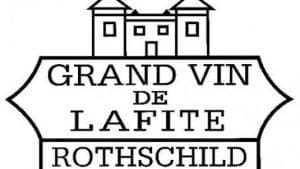
Château Lafite Rothschild
Chateau Lafite33250 Pauillac
Bordeaux, France
Email: [email protected]
Tel +33 (0) 5 56 73 18 18
Fax Find out more
Facts & Figures
Appellation
AOC Pauillac / First Growth
Founded
1670
Area under Vine
112 ha vineyards
Age of vines
Oak barrel origin
French
Winemaker
Eric Kohler and Christophe Congé
Owner
Rothschild family
Production
480,000 bottles per annum
Grape varietals
Cabernet Sauvignon, Merlot, Cabernet Franc, Petit Verdot
Grape Varieties Used by the Winery
-
Cabernet Franc
Cabernet Franc grape is a close relative of Merlot and Cabernet Sauvignon and is the principal blending grape used in Bordeaux.
Find out more -
Cabernet Sauvignon
Discover the irresistible allure of Cabernet Sauvignon—a worldwide favorite with robust, dark-bodied flavor. Unleash your wine journey today!
Find out more -
Merlot
Merlot is the most cultivated grape in Bordeaux and closely related to Cabernet Franc
Find out more -
Petit Verdot
Petit Verdot is a full-bodied red wine grape varietal used in classic Bordeaux blends and originates in southwestern France
Find out more
Winery Appellations
-
 Discover Pauillac, the crown jewel of Bordeaux wine regions—home to iconic estates like Chateau Latour & hidden gems. Plan your trip today! Read more
Discover Pauillac, the crown jewel of Bordeaux wine regions—home to iconic estates like Chateau Latour & hidden gems. Plan your trip today! Read more
Further Reading: Discover More Related Blog Content
More information
If you would like us to customize an exclusive luxury tour, contact us and let us know your travel plans. We offer luxury food and wine tours for private groups of a mininium two guests. In addition, all of our private, chauffeured tours are available year-round upon request.



